Warning: Undefined variable $k in /home/nginx/domains/wired2fishcom.bigscoots-staging.com/public/wp-content/themes/understrap-child-0.6.0/functions.php on line 984
Warning: Undefined variable $k in /home/nginx/domains/wired2fishcom.bigscoots-staging.com/public/wp-content/themes/understrap-child-0.6.0/functions.php on line 987
Where’d you catch ’em? That’s the first thing people want to know when they see you sharing big fish pictures. Finding good fishing spots near you takes work, and not having good fishing spots can be frustrating. While it usually takes time and effort to find good fishing spots near you, when you find them, they are usually good over and over in repeating seasons. In other words if you find a great prespawn spot this year, chances are it will be a great prespawn spot in years to come.
So it’s worth the effort to find the best fishing spots near you. But a lot of anglers still get lost in the amount of water on a fishery and want help on how to break it down efficiently. Even more so if you’re limited, say without a boat, to access all of the water.
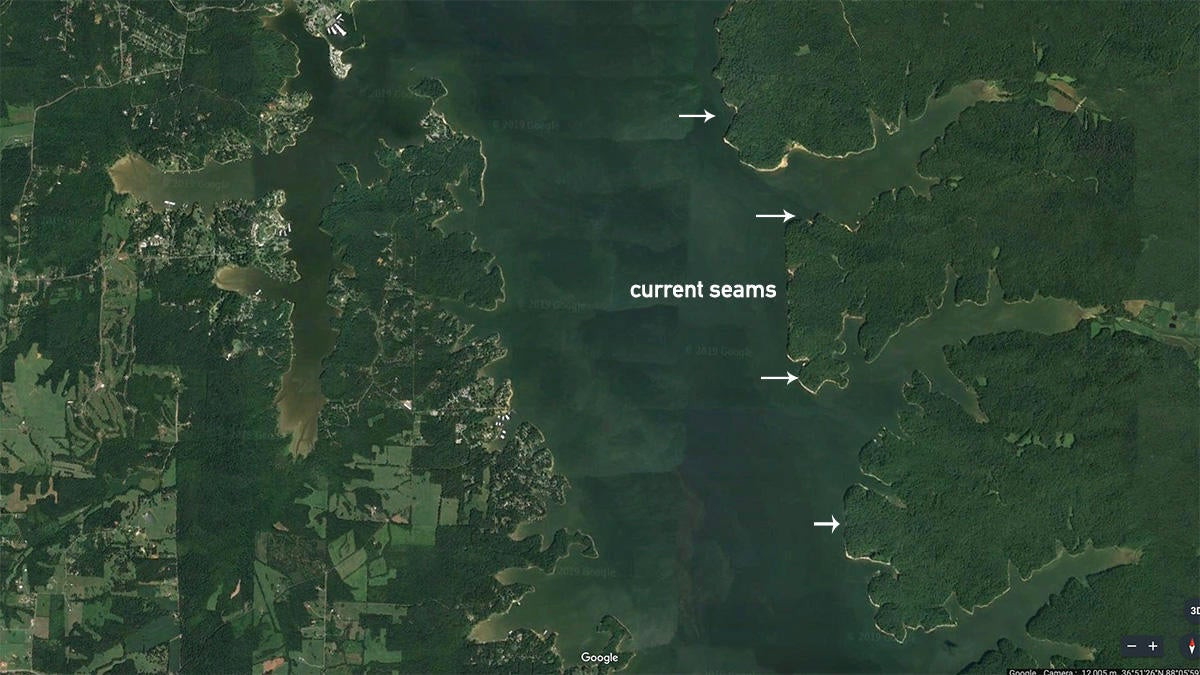
5 Considerations
I’ve compiled some guidelines from talking with other successful anglers on what things everyone does in common that catch fish consistently. When you start discussing this topic, you quickly uncover a lot of common denominators in finding fishing spots. And to me, the very best fishermen are the anglers who can find fish really well.
Here are 5 things to consider when searching for a good fishing spot near you:
- Google Earth
- Maps and Mapping Software
- Seasons and conditions
- Funnels and Pinch Points
- Accessibility
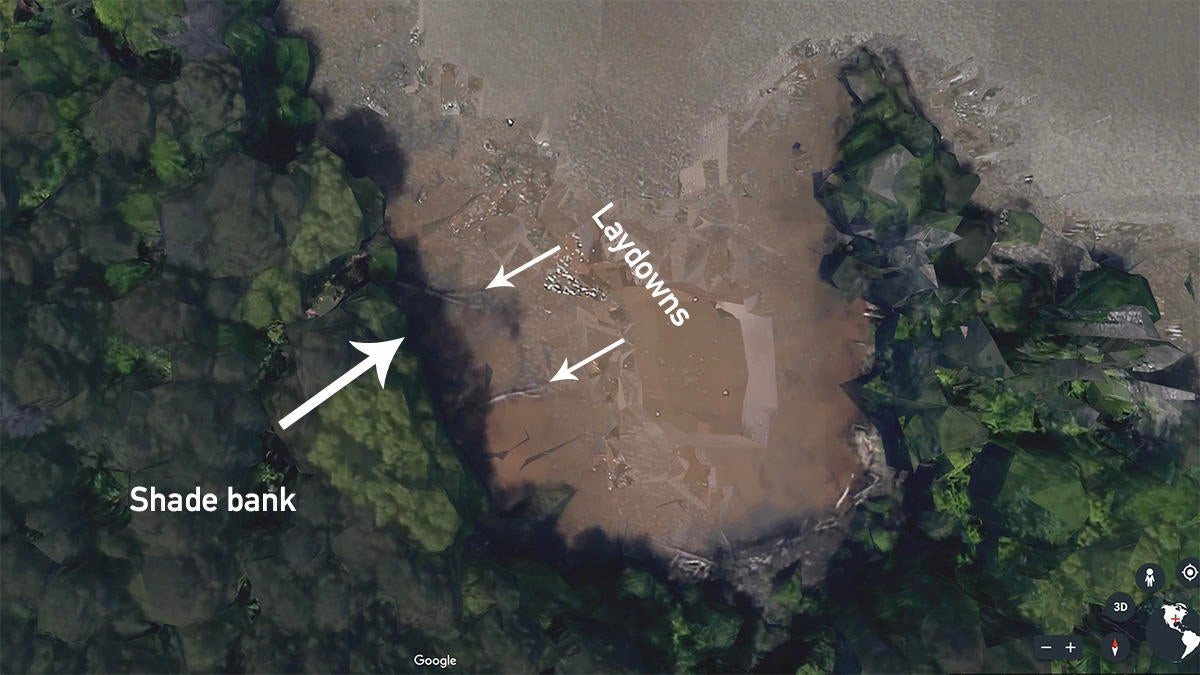
Google Earth
There is maybe no better broad overview tool for understanding a body of water than Google Earth. Whether you are walking a small lake and fishing from the bank, or you have hundreds of miles to cover in a bass boat on a massive reservoir, I think having an understanding of how the lake lays, how the creek arms run and where your shallow and deep areas are on a body of water is extremely beneficial.
It also is amazing how you can drill down say in a small pocket off the main lake and look and see how many docks it has in it to fish, does it have laydown trees, vegetation or other fishy looking pieces of cover. I won a club tournament decades ago on Lake Dardanelle by finding a small pocket with laydown trees that the bass were using to spawn around. I caught 3 big fish off one laydown. I went back years ago and looked at that pocket on Google Earth and could see all those laydowns on the map.
Knowing some options like shallow spawning flats, steeper banks, how a creek runs in the back of a bay and things like that can help you plan your fishing around the seasons and conditions.
I’ve used Google Earth to find current seams when the lake is running really hard after big rains in the colder months. Bass don’t want to expend a lot of energy in cold water. So finding current seams and places just out of the current with deep water can be key.
For smaller bodies of water, it’s sometimes very surprising what you can learn about the lake by just taking a glance at it on Google Earth. You’ll see high spots, flooded cover, ditches in shallow water and more.
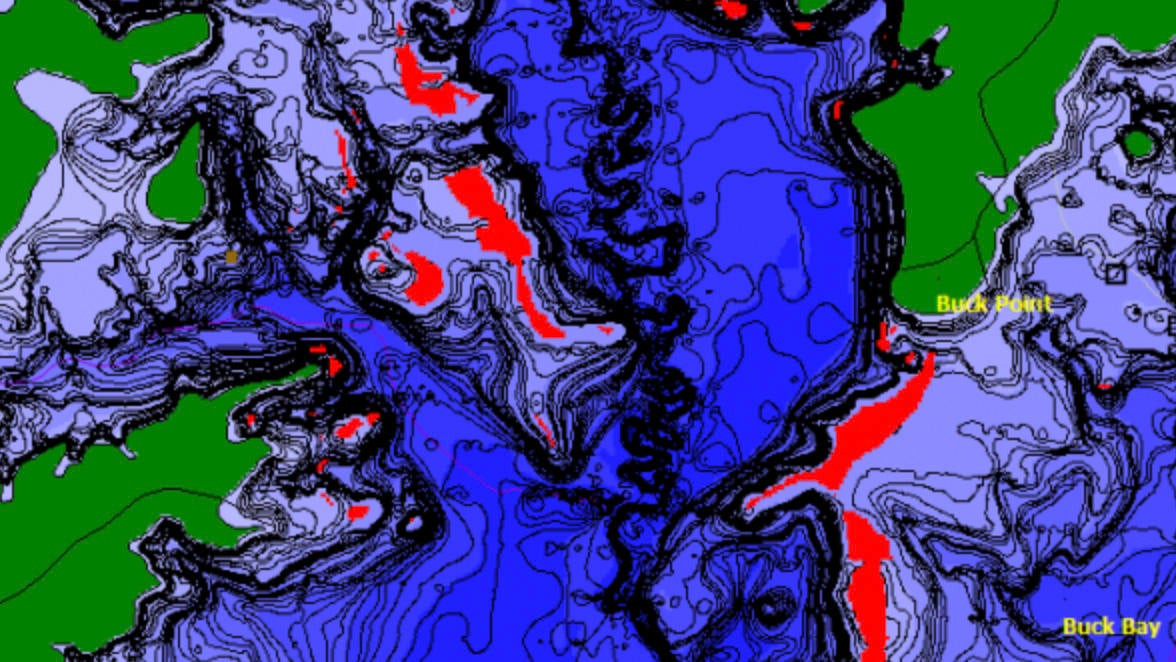
Map Study
We’ve talked in other articles and videos about using mapping to find good fishing spots and there is no doubt that today’s maps are some of the best we’ve ever had. You can do some study online with services like Navionics or PC software like Lake Master Contour Elite which both let you see high def mapping contours for various bodies of water in that subscription.
You can also pull up maps on your units while off the water and again find the depths and contours that fit the seasonal patterns like spawning flats and pockets in the spring or deeper channel swing banks in the winter.
Here’s a good article on using map study to get better at fishing.
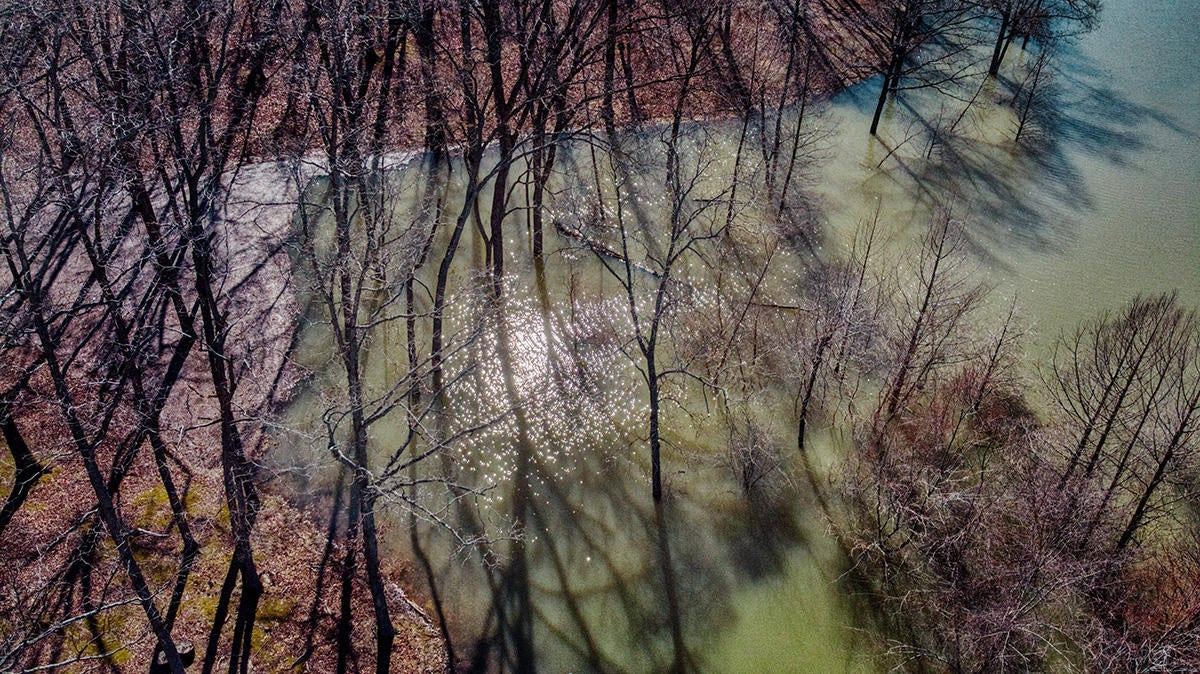
Season and conditions
The biggest thing to finding good fishing spots is to follow the seasons and conditions and then go to the places that fit. The water is warming in the spring and fish are moving shallow. All the sudden you get a bunch of rain and the lake comes up 5 feet and now there are flooded trees, bushes and grass for the bait and bass to use. It’s time to get to the places you scouted that give you access to prime fish holding areas.
A ton of big bass get caught flipping bushes. A bunch of those have been walking the banks near boat ramps and parks on a lake like Kentucky Lake. Last year I had two banner days in March and April walking the banks at various places that I could drive to by truck and walk around fish the newly flooded cover.
That’s the key. Most fishing spots don’t become good spots until the conditions and seasons put the bass on them. Ledge fishing is key on TVA lakes. But the bass don’t use them 12 months out of the year. Certain seasons and conditions really stack the fish up there.
Other times the bush flipping is banner. Not when the water is below 40 degrees. Often not when the water is 90 degrees either. But when it warms up quickly or cools off quickly and bass move out of deep water into shallow water, it can become some of the best areas on the lake.\
Finding a good spot is only part of it. You have to know the season and conditions that put the fish there and then you can usually duplicate that in following years.
Here is another good article on finding spots around conditions and seasons.
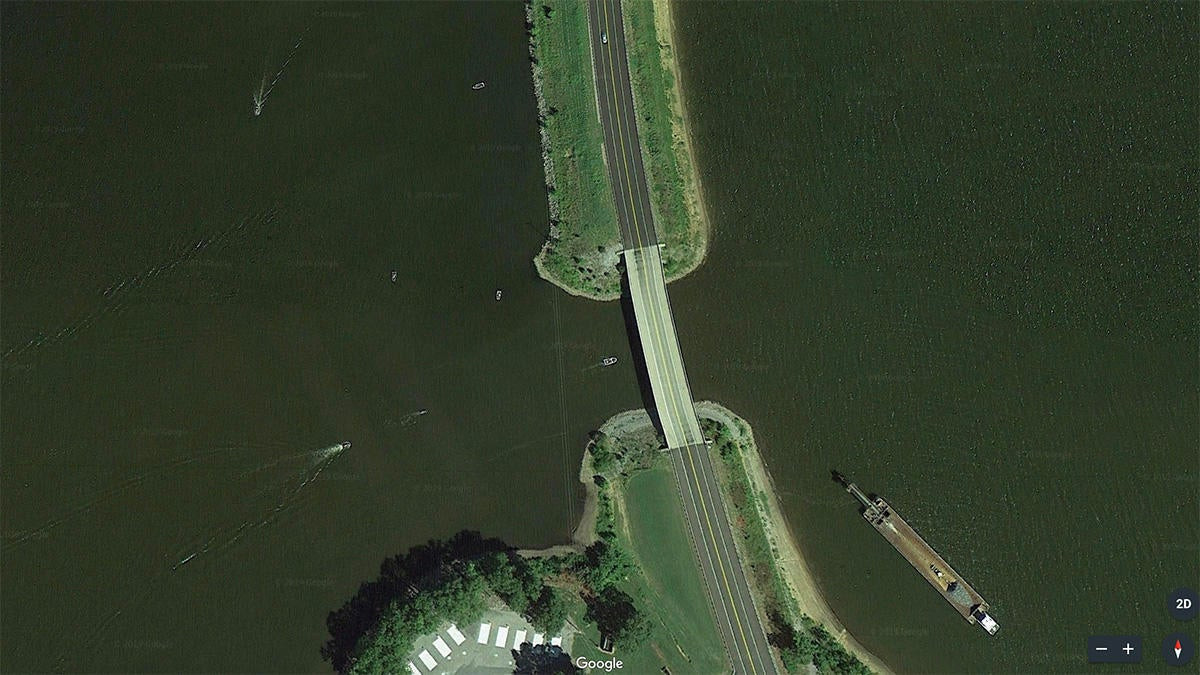
Funnels and pinch points
Oftentimes, when you are limited to where you can fish, like when bank fishing, you want to look for something that narrows the available water or that fish have to move through to get from one seasonal area to another.
One obvious pinch point that many anglers overlook are bridges. Bridges usually cut off one area of a lake from another and this often creates a migratory route for bass coming in to spawn from wintering areas and then leaving spawning areas to go out to summer haunts.
Current is often found in these areas from lakes rising and falling, or natural flow on a riverine system. And even wind can create a current in bridge gap that can create feeding opportunities at various times in the year.
A good article on fishing funnels.
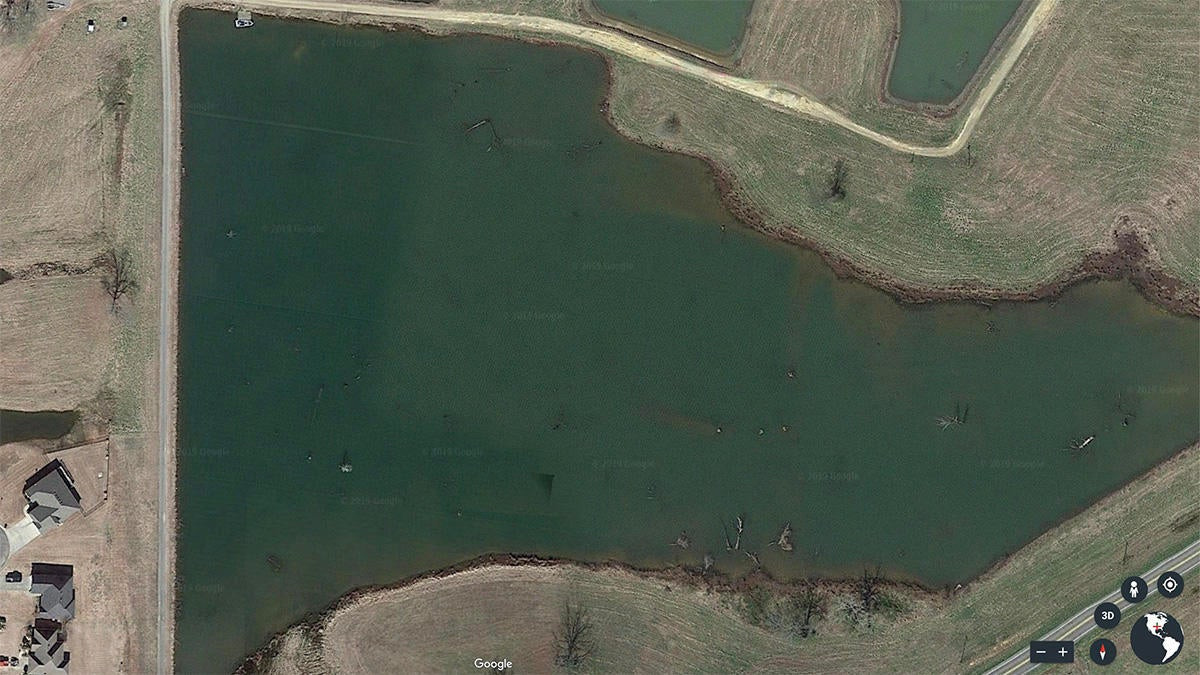
Accessibility
Spend time when there are big changes on a body of water, like Kentucky Lake for example, to see how the areas change and to see what fishing opportunities it exposes. I spend a lot of time in the afternoons after work, just driving out to various launch areas around the lake and seeing what cover is flooded when the lake gets over summer pool.
I make notes and keep mental tabs on what became available to fish when the water conditions or temperatures get right. Maybe the spots aren’t good right now, but if I see these same conditions when the water warms up 10-20 degrees, I’ll know to come back.
Also look at shallow areas if a body of water gets drawn down to see where you can and can’t go and to find cover you may not have known was there.
Kentucky Lake got down below winter pool this winter and a lot of stumps and high spots exposed themselves on the lake. I went around marking big pieces of cover and flats to hopefully come back and catch bass on when the conditions change and setup right in those areas.
I’ve found a lot of great fishing spots by going and looking when things became more accessible due to fluctuations in water levels.
Also when mapping out areas online when bank fishing, say on smaller bodies of water, look for the banks that line up with the depth and cover options that fit the season.
If you see the steeper banks are on one side and there are some deep trees there, you might have more luck there in the winter or summer. Whereas in the spring and fall you might want to focus more on the shallower cover and flatter areas. And knowing how to access those spots is key as well.
Read this article on what to fish on small lakes.
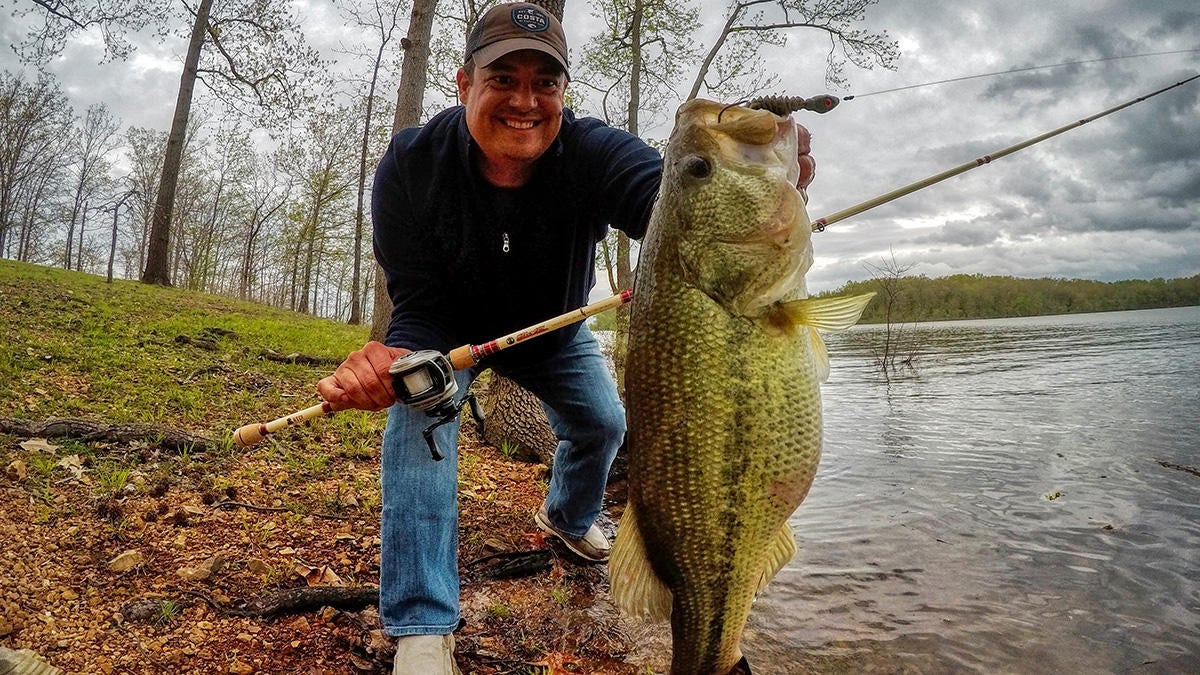
Putting it all together
Many successful anglers use Google Earth to scout, map out the body of water before leaving their house, decide on areas to try based on season and conditions, identify where the bass will be going or should be leaving and find the funnel points into and out of those areas to either work back from or towards depending on the season.
The work you put in will help you create your own milk run of good fishing spots near you for each season of the year. And usually the work is worth it when you start to piece the body of water together.











